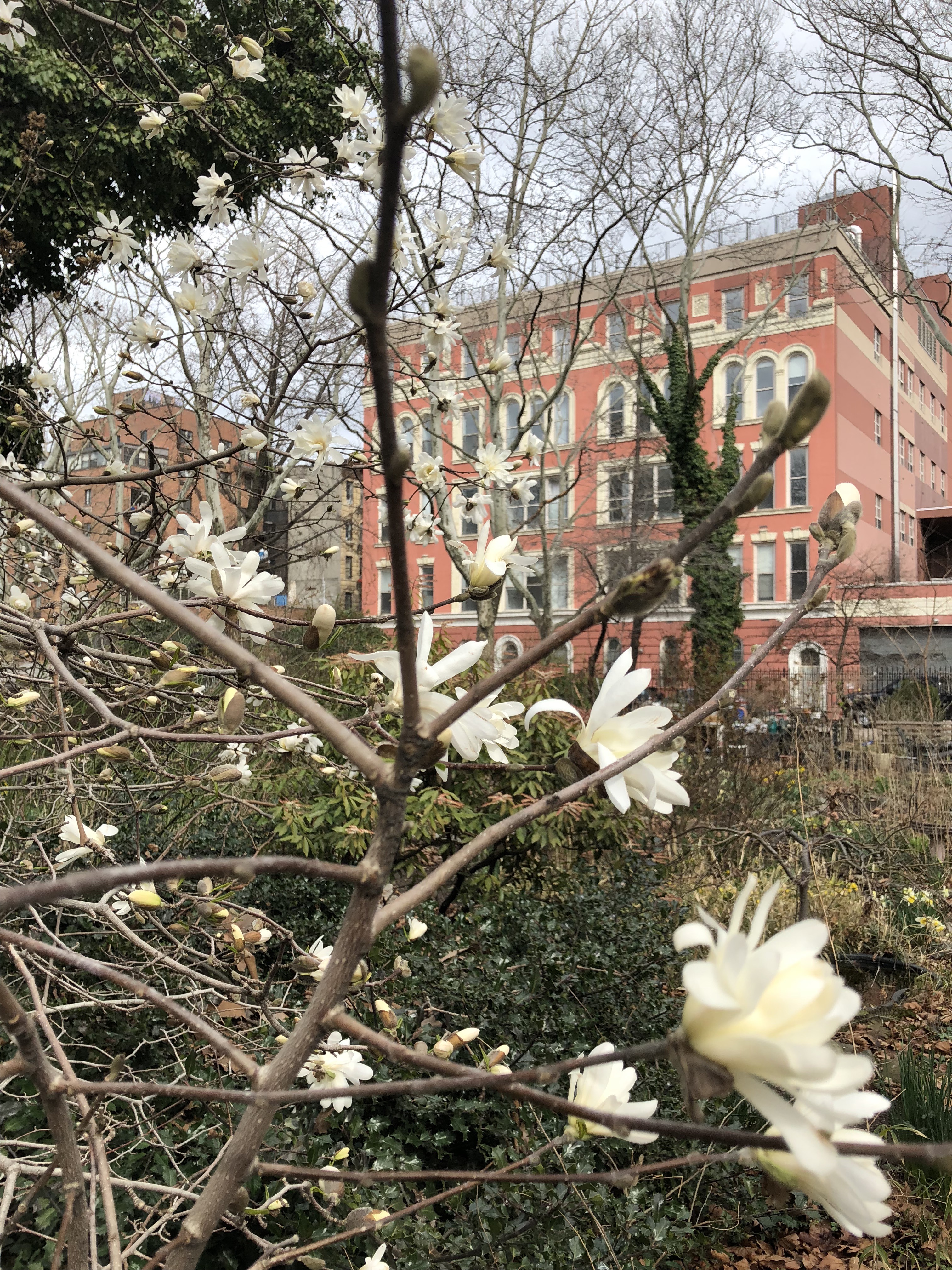“Here’s the problem: There is a crucial legal gap in the management of cities — it is often illegal for citizens to improve or maintain public spaces, parks, abandoned buildings, and other urban commons that directly impact their lives. Regulation using institutional technology and public collaboration is necessary to mitigate this issue.
Here’s how one organization is working on the problem: In 2014, the city of Bologna in Italy adopted the Regulation on Collaboration Between Citizens and the City for the Care and Regeneration of Urban Commons and launched “the city as a commons” project. The regulation and project represent a new and important legal and administrative framework for citizens to directly care for urban commons in Bologna and beyond.
Behind the scenes, the Fondazione del Monte di Bologna and Ravenna, LabGov, and innovators within the city paved the way with two years of field experiments applying co-governance methods to the management of urban commons. The bulk of the learning was accomplished through three “urban experimentation labs” with citizens and essential urban resources such as green spaces and abandoned buildings. The output of the research was the world’s first regulation and administrative process outlining how cities and the citizens can collaborate to co-manage urban commons.
A key tool supporting the regulation are “collaboration pacts.” A collaboration pact defines the specific commons in question and the rules for collaboration between stakeholders, including the city government. Collaboration pacts can be designed and signed by a single individual, informal groups, communities, and nonprofit organizations. They regulate both single, short-term interventions and long-term care of the urban commons. The regulation also fosters the creation of hyperlocal institutions for urban co-governance like community cooperatives, neighborhood foundations, and block consortia. Importantly, the regulation provides for the transfer of technical and monetary support from the city government to citizens. It also promotes citizen action in five categories: social innovation and collaborative services, urban creativity, digital innovation, collaborative communication, and collaborative tools and practices that foster urban commoning.
Results:
- More than 180 collaboration pacts have been signed in Bologna since the approval of the regulation. The regulation, collaboration pacts, and associated administrative processes have become an “administrative good practice” on a global basis. The regulation has also triggered the design of a broad urban co-governance program. Building on the success of the regulation, Bologna launched “Collaborare è Bologna” (CO-Bologna), an innovative public policy with two main purposes:
- Coordinating several projects and policies on the regeneration of the urban commons through social innovation and collaborative economy….
- The long-term goal of the project is to lay the foundation for the transformation of Bologna into a co-city with a robust collaborative ecosystem. Building on the care and regeneration of the city, efforts will now to focus on meeting people’s basic needs by developing the local collaborative economy and leveraging collaborations between the public, private, and commons sectors.
Learn more from:
- Regulation on Collaboration Between Citizens and the City for the Care and Regeneration of Urban Commons
- LabGov’s involvement in and perspective on the project
- CO-Bologna project online hub (Italian)
This case study is adapted from our latest book, “Sharing Cities: Activating the Urban Commons.” Get a copy today.”


